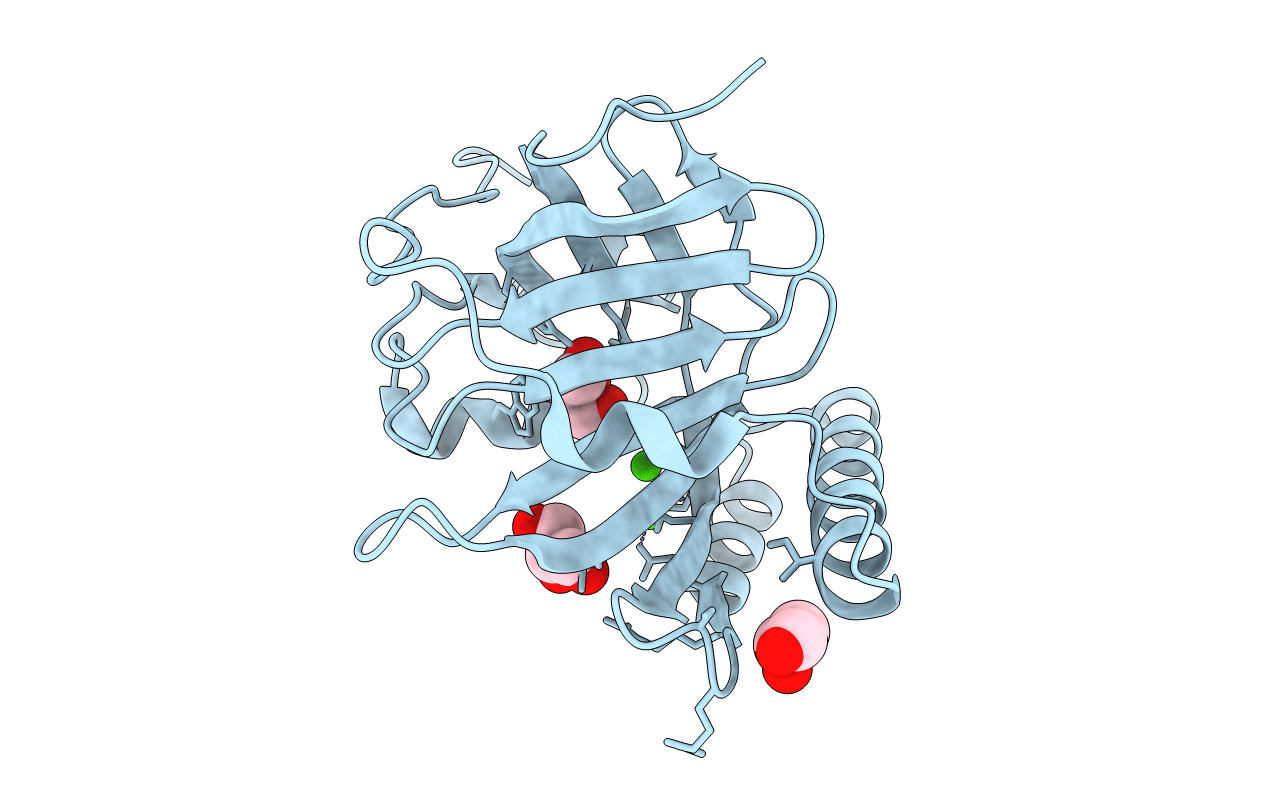
Deposition Date
2018-02-23
Release Date
2018-07-25
Last Version Date
2023-11-22
Entry Detail
Biological Source:
Source Organism:
Streptomyces fradiae (Taxon ID: 1906)
Host Organism:
Method Details:
Experimental Method:
Resolution:
1.38 Å
R-Value Free:
0.19
R-Value Work:
0.16
R-Value Observed:
0.16
Space Group:
P 1 21 1


